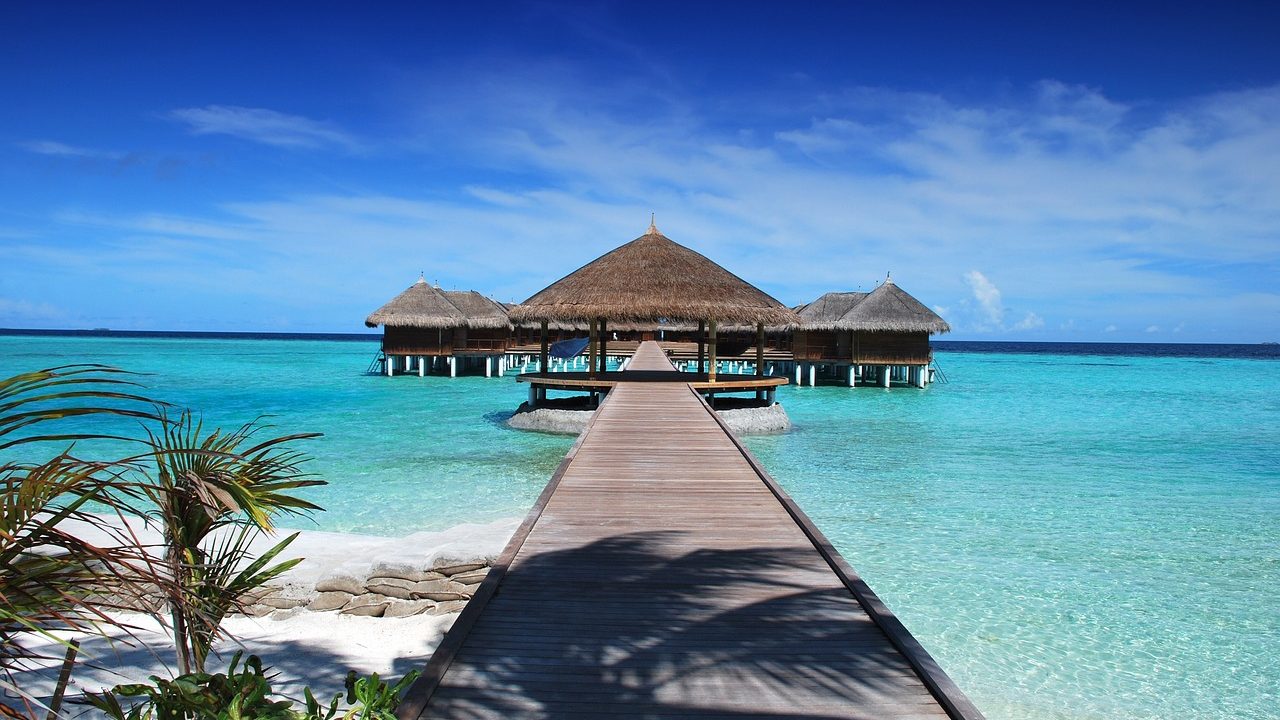In an unexpected turn of events, the power of social media took center stage, transforming a routine Instagram post by Prime Minister Narendra Modi into a catalyst for a diplomatic rift between India and the Maldives. The controversy reached a new crescendo when critical comments from three deputy ministers of the Ministry of Youth Affairs in the Maldives—Malsha Shareef, Mahzoom Majid, and Maryam Shuina—went viral, adding fuel to the online fire. As social media platforms became the battleground, calls for a Maldives travel boycott echoed across the digital landscape, while simultaneously, interest in the enchanting Lakshadweep soared to unprecedented heights. The battle cry favoring Lakshadweep over the Maldives has taken social media by storm, manifesting in a significant surge in Google searches and an astounding 2900 percent increase in Lakshadweep travel queries on platforms like ixigo. The impact reverberated further as travel agencies, exemplified by EMT, responded by putting a halt on Maldives bookings. This digital tempest not only underscores the influential role of social media in shaping narratives but also reveals the potential economic repercussions on tourism destinations caught in the crossfire of international online debates.

With Lakshadweep in the spotlight, an important question still unanswered, Can Lakshadweep truly replace the Maldives as the go-to destination for those seeking sun-soaked paradises? While the allure of unexplored beauty beckons, a closer look reveals that the islands may not be entirely ready for the tidal wave of tourism that seems imminent, given their limited infrastructure and the looming ecological risks.
Lakshadweep, a cluster of coral atolls in the Arabian Sea, boasts unparalleled natural beauty and pristine landscapes. However, the surge in interest following a social media spat has brought to the forefront the challenges that this remote archipelago faces in becoming the next tourist hotspot. Unlike the well-established tourism infrastructure of the Maldives, Lakshadweep is currently ill-equipped to handle a large influx of visitors.
One of the primary concerns lies in the limited infrastructure of Lakshadweep. The islands, known for their serenity and untouched charm, lack the robust facilities required to accommodate a sudden surge in tourists. The existing hotels and resorts, while offering a glimpse into the local way of life, may struggle to cope with a substantial increase in demand. Travelers accustomed to the luxurious amenities of the Maldives might find themselves yearning for a more developed hospitality sector on the less-explored Lakshadweep islands. Furthermore, the transportation network on Lakshadweep is relatively modest. Unlike the Maldives, where seamless inter-island travel is facilitated by an extensive network of speedboats and seaplanes, Lakshadweep grapples with limited connectivity between its islands. This lack of efficient transportation options could pose a logistical challenge for tourists eager to explore multiple facets of the archipelago.
However, the obstacles are not limited to infrastructure alone. The delicate ecosystem of Lakshadweep faces potential jeopardy with an unchecked surge in tourism. The islands, blessed with rich biodiversity and thriving coral reefs, risk degradation from activities associated with mass tourism, including overfishing, pollution, and damage to delicate marine ecosystems.
The ecological risks are especially pronounced given the fragile nature of coral reefs, which serve as the lifeblood of Lakshadweep’s underwater world. Increased footfall, if not regulated sustainably, could lead to irreparable damage to these ecosystems, jeopardizing not only the marine life but also the livelihoods of local communities dependent on fishing and tourism.
To truly become a worthy alternative to the Maldives, Lakshadweep must carefully navigate the balance between tourism and conservation. Sustainable tourism practices, stringent regulations, and community involvement are imperative to safeguard the delicate equilibrium of this pristine environment. Learning from the environmental challenges faced by the Maldives due to unchecked tourism growth, Lakshadweep has the opportunity to chart a more responsible and eco-conscious course.
The path forward for Lakshadweep involves strategic investment in infrastructure development, ensuring that the islands can handle an increase in visitors without compromising their natural beauty. Collaborative efforts between the government, local communities, and private stakeholders are crucial to creating a sustainable tourism model that preserves the unique charm of Lakshadweep.
In conclusion, while the prospect of Lakshadweep replacing the Maldives as the epitome of tropical paradise is exhilarating, it is essential to acknowledge the existing challenges. The islands, with their raw beauty and unspoiled landscapes, beckon adventurers and nature enthusiasts alike. However, the journey to becoming a global tourism hotspot requires careful consideration of infrastructure development and ecological sustainability. Lakshadweep has the potential to carve its niche in the travel industry, but a mindful and measured approach is key to ensuring that paradise remains intact for generations to come.



